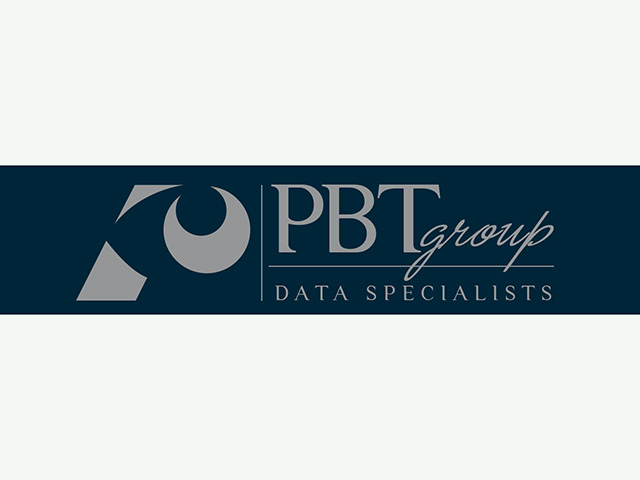Andreas Bartsch, Head of Service Delivery at PBT Group
Napolean Bonaparte’s disastrous invasion of Russia in 1812 was reflected by a map, drawn by French engineer Charles Joseph Minard, and for its time was called “the best statistical graph ever drawn”. The chart was drawn in 1869 when Minard was over 80-years old and perceived to be his finest achievement. This visual masterpiece reflects the many dimensions of the invasion namely – the size of the army, temperature, distance, direction, location in relation to dates, etc. Once again, we are reminded that even without sophisticated technology, visualisation has always been a powerful mechanism of articulation and story stelling.
Graph analytics is an exciting area for analytics, that present organisations with an innovative way of better understanding data at any level. The focus is on making facts and figures more visual to tell a story beyond what is offered through traditional statistical forms.
According to IBM, one of the business drivers behind graph analysis is the need to make sense of social network influencer data. For example, companies can use this to understand the chain reactions that occur when products are released, or other brand announcements made.
Making visual sense of data
Of course, there are numerous other use cases for graph analytics. Spotting credit card fraud by picking up exceptions based on historical usage patterns can be invaluable. So, someone who predominantly uses their credit card in Johannesburg for several years has a purchase go through in London within hours of their last transaction. This outlier gets flagged instantly and the customer is contacted to confirm whether the transaction is authentic.
Telcos and the national electricity supplier for example, can also use graph analytics to identify the quality of the network or grid and easily see where there are performance issues. For their part, logistics companies can use this analytics method to optimise supply chain routes and determine the most efficient ways goods get delivered to customers.
Telling a story
Ultimately, graph analytics is another visual representation of information. It tells a data story specifically based on relationships between objects, referred to as nodes and edges, and is ideal to make sense of unstructured data which people cannot easily interpret.
Such is its potential for disruption, that Gartner has named it as one of the top 10 data and analytics technology trends for this year. It states how, during the COVID-19 pandemic, artificial intelligence (AI) has been critical in combing through research papers, news sources, social media posts, and clinical trials data to help medical and public health experts predict disease spread, capacity-plan, find new treatments and identify vulnerable populations. Graph analytics, combined with AI and other techniques, can help play a key role in identifying, predicting, and planning for natural disasters and other crises in the future.
More than just numbers
Graph analytics therefore refers to a set of analytical techniques that allow for the exploration of relationships between entities of interest such as organisations, people, and transactions. This discipline can efficiently model, explore, and query data with complex interrelationships across data siloes.
Think of it as an advanced form of data analysis that can identify patterns and detect anomalies. As can be seen from the medical example, when using graph analytics with the likes of AI and machine learning, the model becomes more intelligent and decisions can be made more efficiently on the available data. Graph analytics lends itself to various use cases like fraud detection, grid and network quality, sentiment analysis through social media, route optimisations, medical research and even journalism. Its outputs are visual networks/grids plotting the interrelationships and highlighting the anomalies.
Whilst Minard’s representation of Napoleon’s invasion would not fit the technical definition of graph analytics, it most certainly was an early trendsetter in reflecting the power of interrelations - in this case, the reducing size of his army as temperatures decreased with the advanced progression into Russia. Graph analytics is one of the most exciting trends to hit the market in several years. Its potential to reinvent the analysis environment is significant, empowering decision-makers with insights they previously did not have access to.





